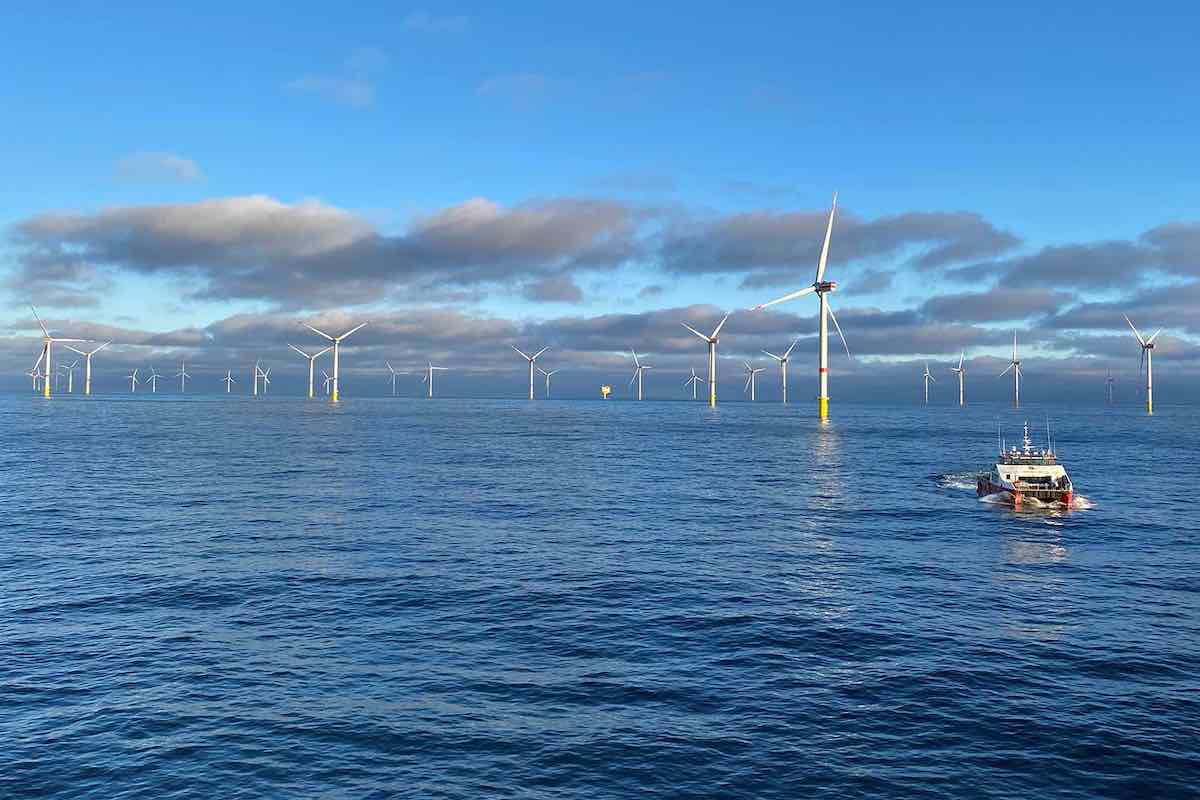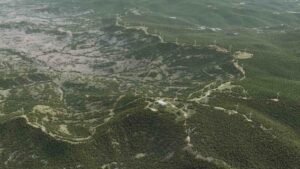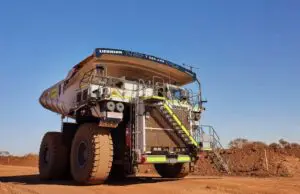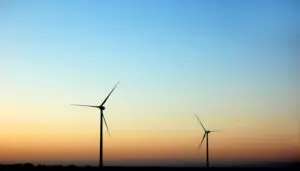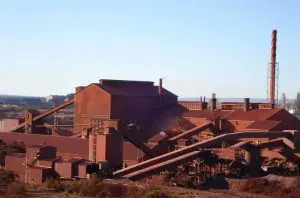The global offshore wind industry could be entering a “just for the heroes” era, a new report has warned, where a maelstrom of volatile market conditions ensures only the most robust projects in the most attractive geographies get over the line.
The McKinsey & Co report says high costs and unstable regulatory and policy settings are creating an environment where new offshore wind capacity is added “primarily in mature and self-sustained markets,” while less attractive markets are “gradually deprioritised.”
This is threatening to set back growth of offshore wind, with McKinsey’s analysts suggesting just 10-15GW a year of new projects might reach final investment decision (FID) over the coming decade – up to 50% less than some current expectations.
Last year, a report from the Global Wind Energy Council said it expected more than 380GW of new offshore wind capacity to be added around the world over the coming decade, bringing total capacity to 447GW by the end of 2032.
But it noted that only one-third of this projected new volume was likely to be added in the years from 2023-2027, due to challenging market conditions hampering development in Europe and the US.
This week’s McKinsey report finds the industry is, indeed, behind the pace, with only about 40% of the capacity that was expected to reach FID in February 2022 making it to that milestone by the end of 2023.
“Our analysis shows that since the beginning of the decade many developers have experienced inflated project costs, with communicated levelizsd cost of electricity (LCOE) increases of around 40 to 60 percent compared to 2020.
“Further, many projects have contracts for difference (CfD) that are not inflation adjusted, rendering these projects unprofitable,” the report says, in reference to a number of projects that were canceled in the UK and the US.
“There are various key trigger events worth monitoring that might have a significant impact on the industry’s future – including the outcome of upcoming seabed and CfD auctions,” it adds.

The message is particularly concerning for nascent markets like Australia, where the offshore wind industry is being built from scratch and in a big hurry, with new rules being written, development zones being declared and feasibility licences being awarded all at once, against a volatile political backdrop.
The risk is that Australia becomes one of those markets that is “deprioritised” by investors and developers, with unstable policy and regulatory quagmires outweighing the huge potential of the offshore wind resource.
This was certainly a theme at the Australia Wind Energy conference in Melbourne last week, with repeated calls from developers for bipartisan policy support, national development targets and frameworks for revenue support.
“These companies – EDF, Iberdrola, many others – they have opportunities to invest in many geographies,” said EDF Renewables Australia chief, Dave Johnson, in a panel session at the conference.
“They want to invest in the places where they’ve got certainly, and they don’t have a view that in three or five years’ time the change of government could be made that could completely turn things in a different direction.”
But the McKinsey view is not all doom and gloom. It says that despite the offshore wind industry facing significant challenges in the current macroeconomic environment, developers can take steps to stay afloat and ensure continued growth.
“The ‘just for the heroes’ scenario expects that the industry will continue to grow despite its challenging cost position,” the report says, noting that almost 70GW of project capacity is expected to be tendered globally in 2024 – around three times the volume of 2023.
“Profitability will be structurally reset as the offshore wind margin premium evaporates compared to onshore renewables. In this scenario, industry leaders who are present in the ‘right’ markets will be able to realize value-accretive projects.
“By taking smart market bets, actively considering consolidation, maximising efficiency, and collaborating strategically with suppliers, developers can position themselves to thrive in volatile times,” the report says.
This, too, was a recurring theme at last week’s conference.
“To tackle these challenges a single organisation is often not enough,” said Bernard Casey, the COO of APAC for Mainstream Renewable Power and director of the 2.5GW Gippsland Skies project which is being developed by a consortium including AGL Energy.
“We’ve always aimed to partner with complementary orgainsations,” he told the AuWE 2024. “A strong local partner is key, with local knowledge of the power industry and local relationships.
“[You also need to] have partners with a similar risk appetite. This is important, because offshore wind development represents a significant capital investment that has no revenue stream for up to 10 years.”
Not everyone is expected to make it through the hard times unscathed, with the report also noting that the signs of potential market exits and consolidation may be emerging.
“We have … seen limited developer consolidation to date – however, current project cancellations, delays, and market exits might be the first signs of future consolidation,” the analysts say.
“While the industry’s future profitability is uncertain, there are early signs of improvement, and we remain optimistic about the potential of offshore wind as a clean and renewable energy source.”

